Image Inpainting for Defective Microscopy Images
DOI: 10.23977/jipta.2025.080106 | Downloads: 8 | Views: 763
Author(s)
Tao Wen 1,2, Yang Yang 1,2
Affiliation(s)
1 School of Information Science and Technology, Yunnan Normal University, Kunming, China
2 Laboratory of Pattern Recognition and Artificial Intelligence, Yunnan Normal University, Kunming, China
Corresponding Author
Tao WenABSTRACT
Recent advancements in tissue clearing and light-sheet microscopy have transformed whole-brain imaging, enabling cellular-resolution visualization of intact murine brains. However, aggressive clearing protocols and mechanical handling during sample preparation frequently introduce structural defects—such as tissue cracks and regional loss—into microscopy images. These artifacts pose significant challenges for downstream computational analyses, particularly image registration, which depends on structural continuity for precise alignment. Despite the well-documented prevalence of such defects, their impact on registration fidelity remains underexplored, and effective computational solutions for mitigating these challenges are scarce. To bridge this gap, we introduce a mask-free generative framework for digital restoration of damaged neuroimaging data. Unlike existing methods that require labor-intensive manual annotation of defect masks, our approach eliminates mask dependency entirely during both training and inference. By leveraging a diffusion-based architecture with defect-invariant learning, the model autonomously adapts to diverse defect geometries—from fine cracks to large-scale tissue loss—without prior knowledge of corruption patterns. We validate our approach using whole-brain murine microscopy datasets containing real-world artifacts induced by tissue clearing. Quantitative evaluations show that our method not only generates photorealistic restorations of missing structures but also significantly enhances registration accuracy in defective samples.
KEYWORDS
Image Inpainting, Deep Learning, Diffusion ModelCITE THIS PAPER
Tao Wen, Yang Yang, Image Inpainting for Defective Microscopy Images. Journal of Image Processing Theory and Applications (2025) Vol. 8: 45-50. DOI: http://dx.doi.org/10.23977/jipta.2025.080106.
REFERENCES
[1] Renier N, Wu Z, Simon D J, et al. iDISCO: a simple, rapid method to immunolabel large tissue samples for volume imaging[J]. Cell, 2014, 159(4): 896-910.
[2] Meng C, He Y, Song Y, et al. Sdedit: Guided image synthesis and editing with stochastic differential equations[J]. arXiv preprint arXiv:2108.01073, 2021.
[3] Ho J, Jain A, Abbeel P. Denoising diffusion probabilistic models[J]. Advances in neural information processing systems, 2020, 33: 6840-6851.
[4] Zeng Y, Fu J, Chao H, et al. Aggregated contextual transformations for high-resolution image inpainting[J]. IEEE transactions on visualization and computer graphics, 2022, 29(7): 3266-3280.
[5] Wan Z, Zhang J, Chen D, et al. High-fidelity pluralistic image completion with transformers[C]//Proceedings of the IEEE/CVF international conference on computer vision. 2021: 4692-4701.
[6] Lugmayr A, Danelljan M, Romero A, et al. Repaint: Inpainting using denoising diffusion probabilistic models[C]. Proceedings of the IEEE/CVF conference on computer vision and pattern recognition. 2022: 11461-11471.
[7] Wang Y, Chen Y C, Tao X, et al. Vcnet: A robust approach to blind image inpainting[C]. Computer Vision–ECCV 2020: 16th European Conference, Glasgow, UK, August 23–28, 2020, Proceedings, Part XXV 16. Springer International Publishing, 2020: 752-768.
| Downloads: | 2643 |
|---|---|
| Visits: | 194414 |
Sponsors, Associates, and Links
-
Power Systems Computation
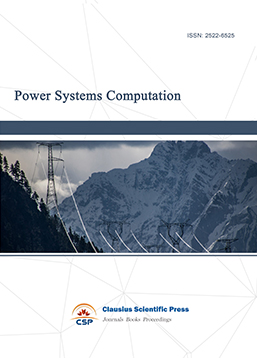
-
Internet of Things (IoT) and Engineering Applications
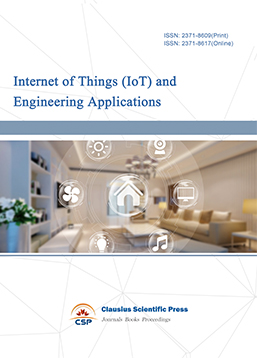
-
Computing, Performance and Communication Systems
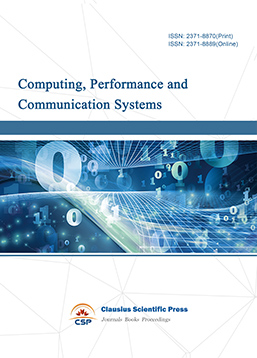
-
Journal of Artificial Intelligence Practice

-
Advances in Computer, Signals and Systems
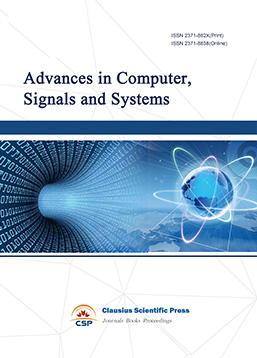
-
Journal of Network Computing and Applications
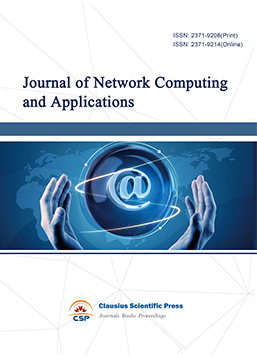
-
Journal of Web Systems and Applications
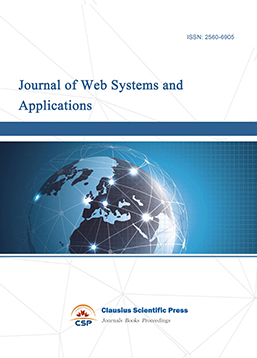
-
Journal of Electrotechnology, Electrical Engineering and Management
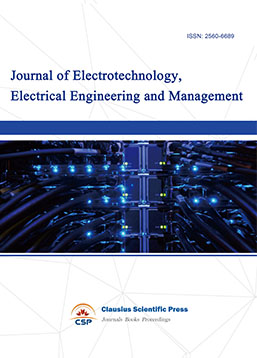
-
Journal of Wireless Sensors and Sensor Networks
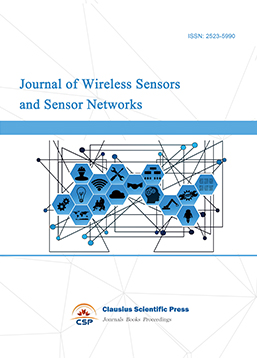
-
Mobile Computing and Networking
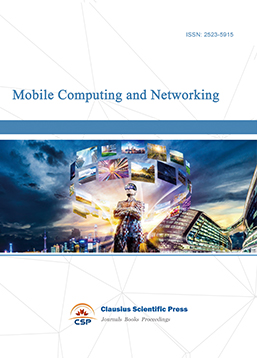
-
Vehicle Power and Propulsion
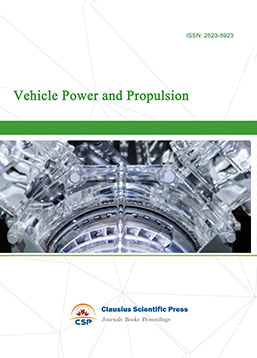
-
Frontiers in Computer Vision and Pattern Recognition
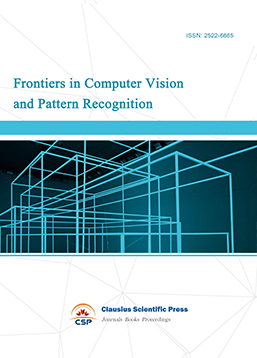
-
Knowledge Discovery and Data Mining Letters
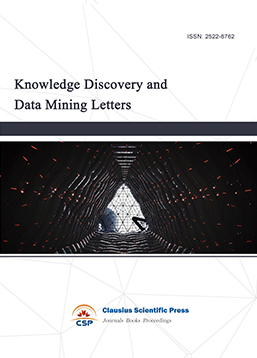
-
Big Data Analysis and Cloud Computing
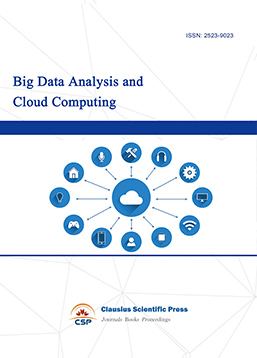
-
Electrical Insulation and Dielectrics
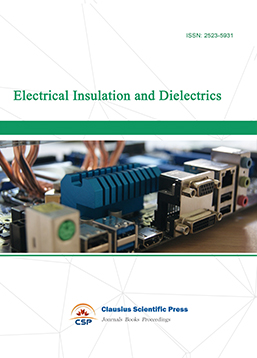
-
Crypto and Information Security
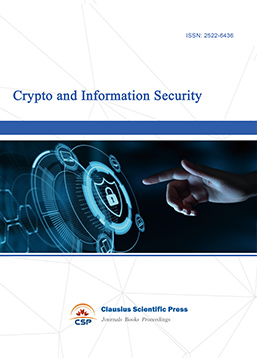
-
Journal of Neural Information Processing
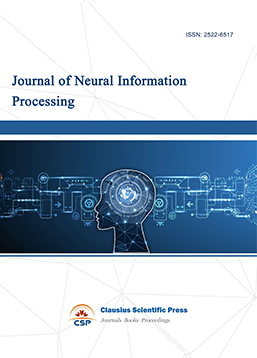
-
Collaborative and Social Computing
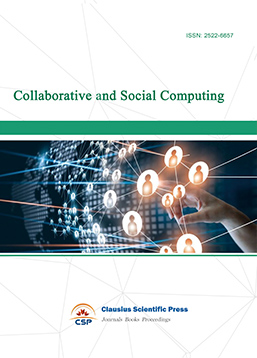
-
International Journal of Network and Communication Technology
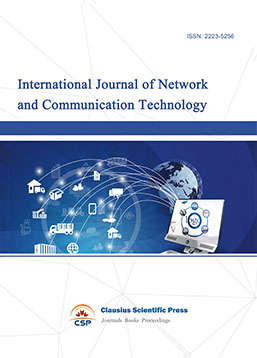
-
File and Storage Technologies
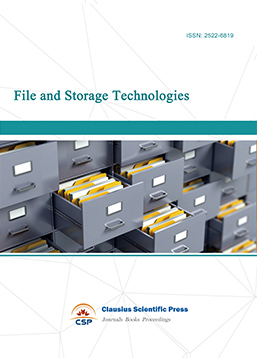
-
Frontiers in Genetic and Evolutionary Computation
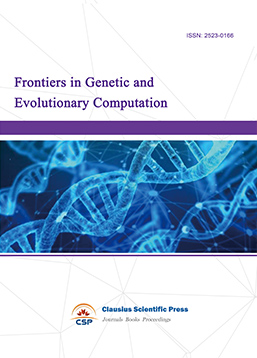
-
Optical Network Design and Modeling
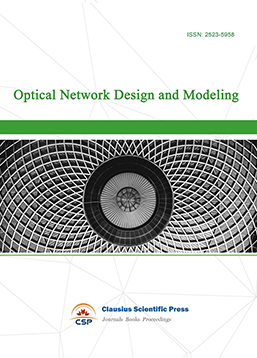
-
Journal of Virtual Reality and Artificial Intelligence
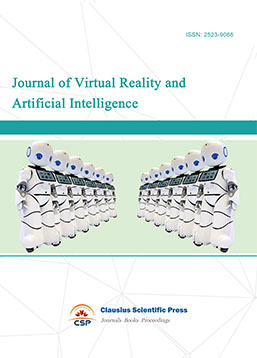
-
Natural Language Processing and Speech Recognition
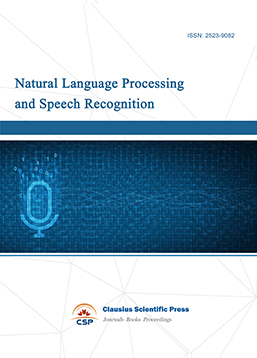
-
Journal of High-Voltage
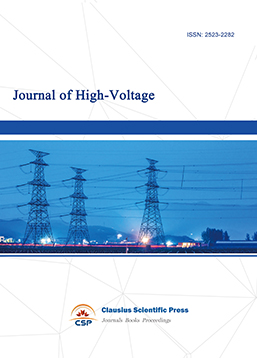
-
Programming Languages and Operating Systems
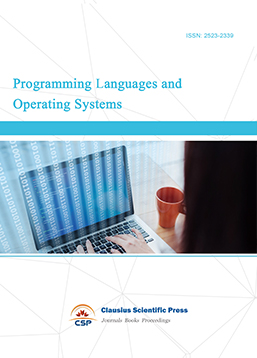
-
Visual Communications and Image Processing
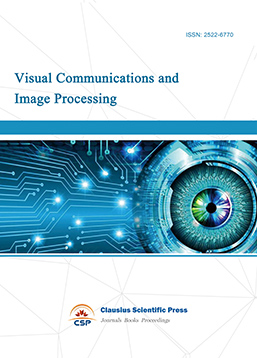
-
Journal of Systems Analysis and Integration
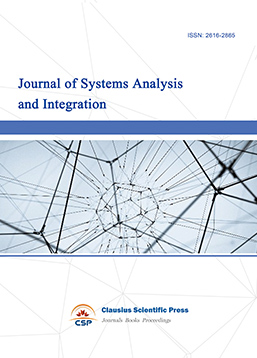
-
Knowledge Representation and Automated Reasoning
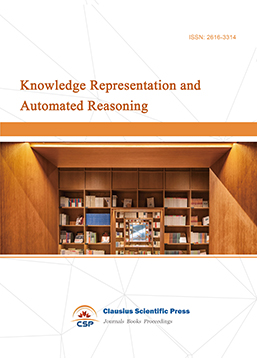
-
Review of Information Display Techniques
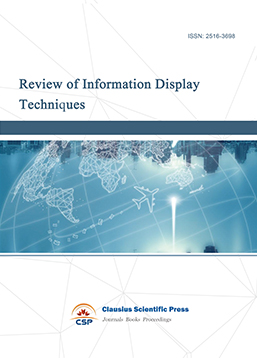
-
Data and Knowledge Engineering
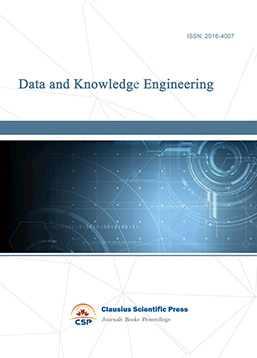
-
Journal of Database Systems
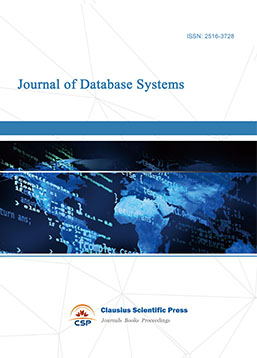
-
Journal of Cluster and Grid Computing

-
Cloud and Service-Oriented Computing
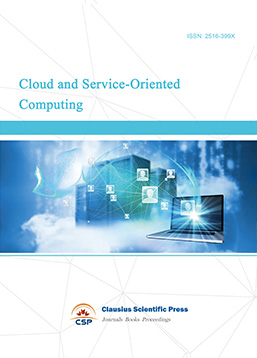
-
Journal of Networking, Architecture and Storage
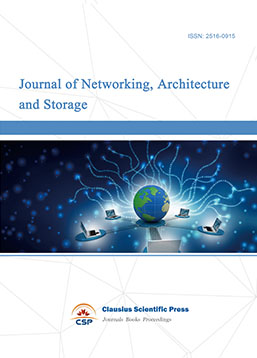
-
Journal of Software Engineering and Metrics
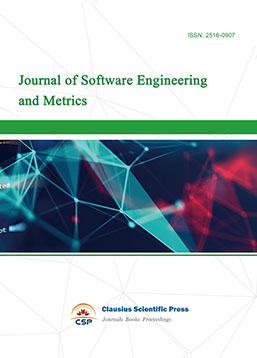
-
Visualization Techniques
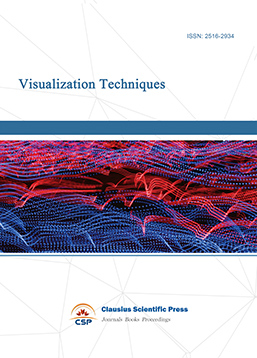
-
Journal of Parallel and Distributed Processing
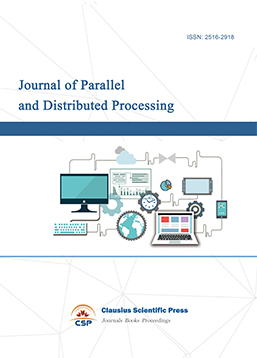
-
Journal of Modeling, Analysis and Simulation
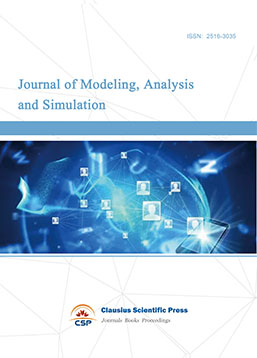
-
Journal of Privacy, Trust and Security
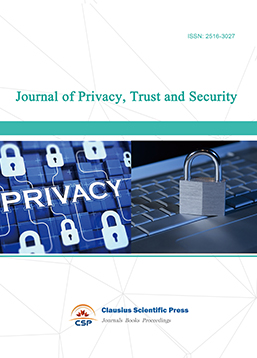
-
Journal of Cognitive Informatics and Cognitive Computing
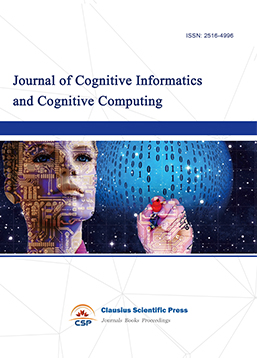
-
Lecture Notes on Wireless Networks and Communications
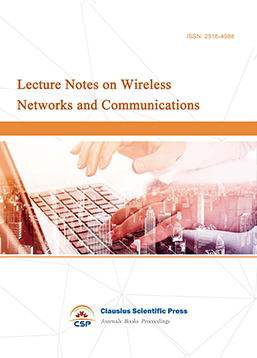
-
International Journal of Computer and Communications Security
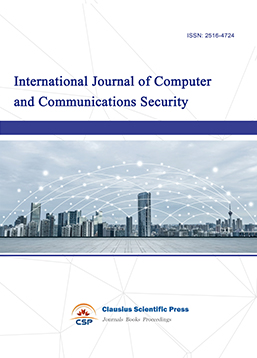
-
Journal of Multimedia Techniques

-
Automation and Machine Learning
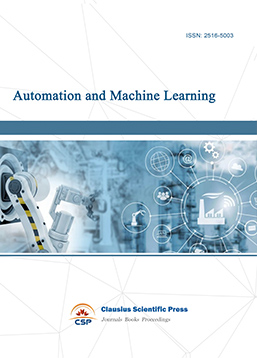
-
Computational Linguistics Letters
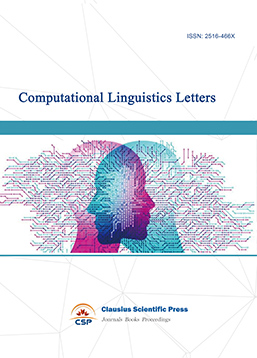
-
Journal of Computer Architecture and Design
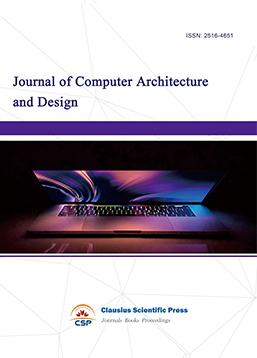
-
Journal of Ubiquitous and Future Networks
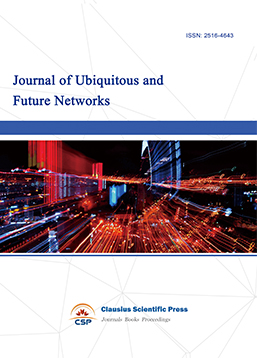

 Download as PDF
Download as PDF